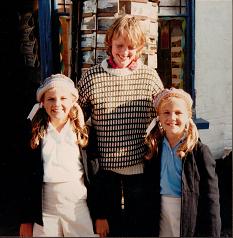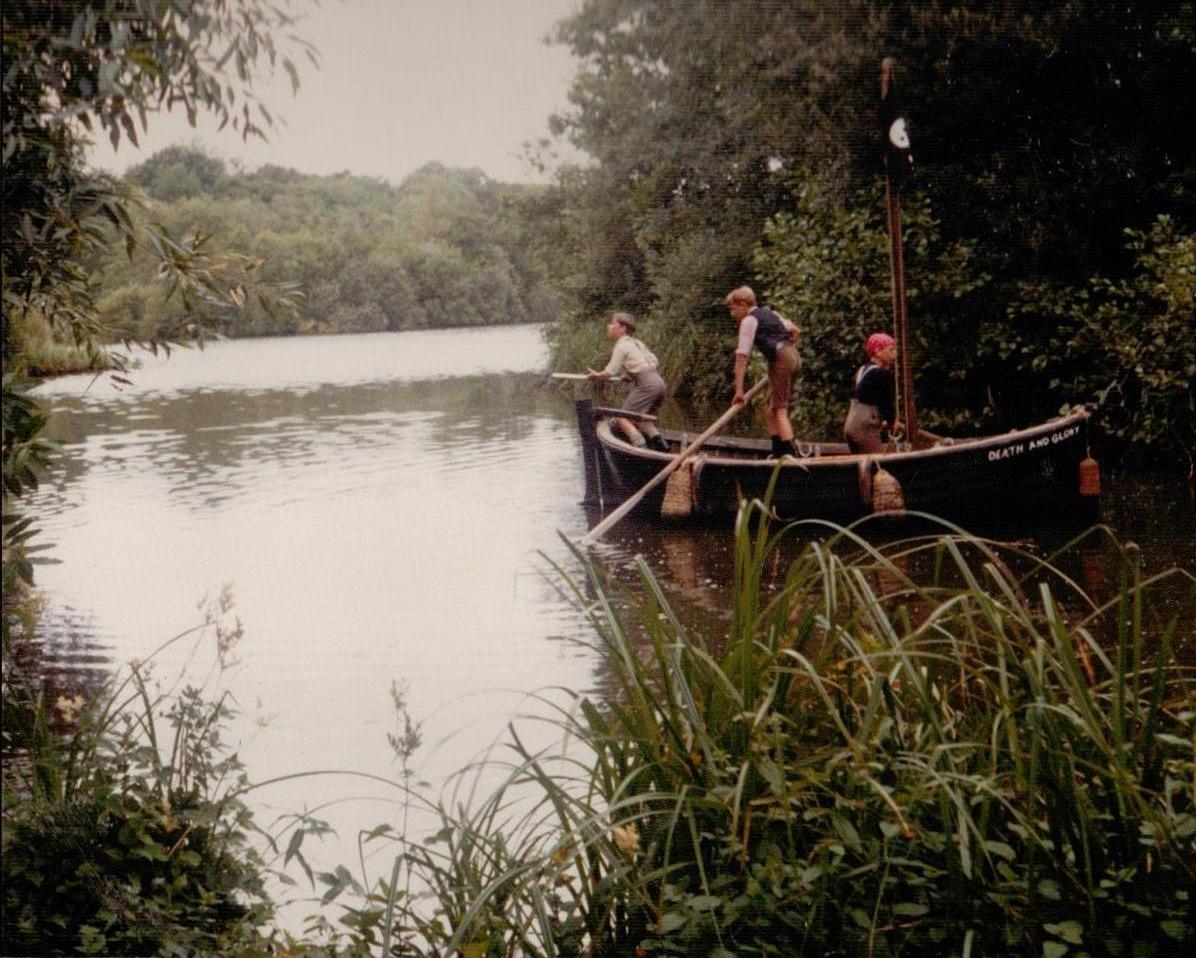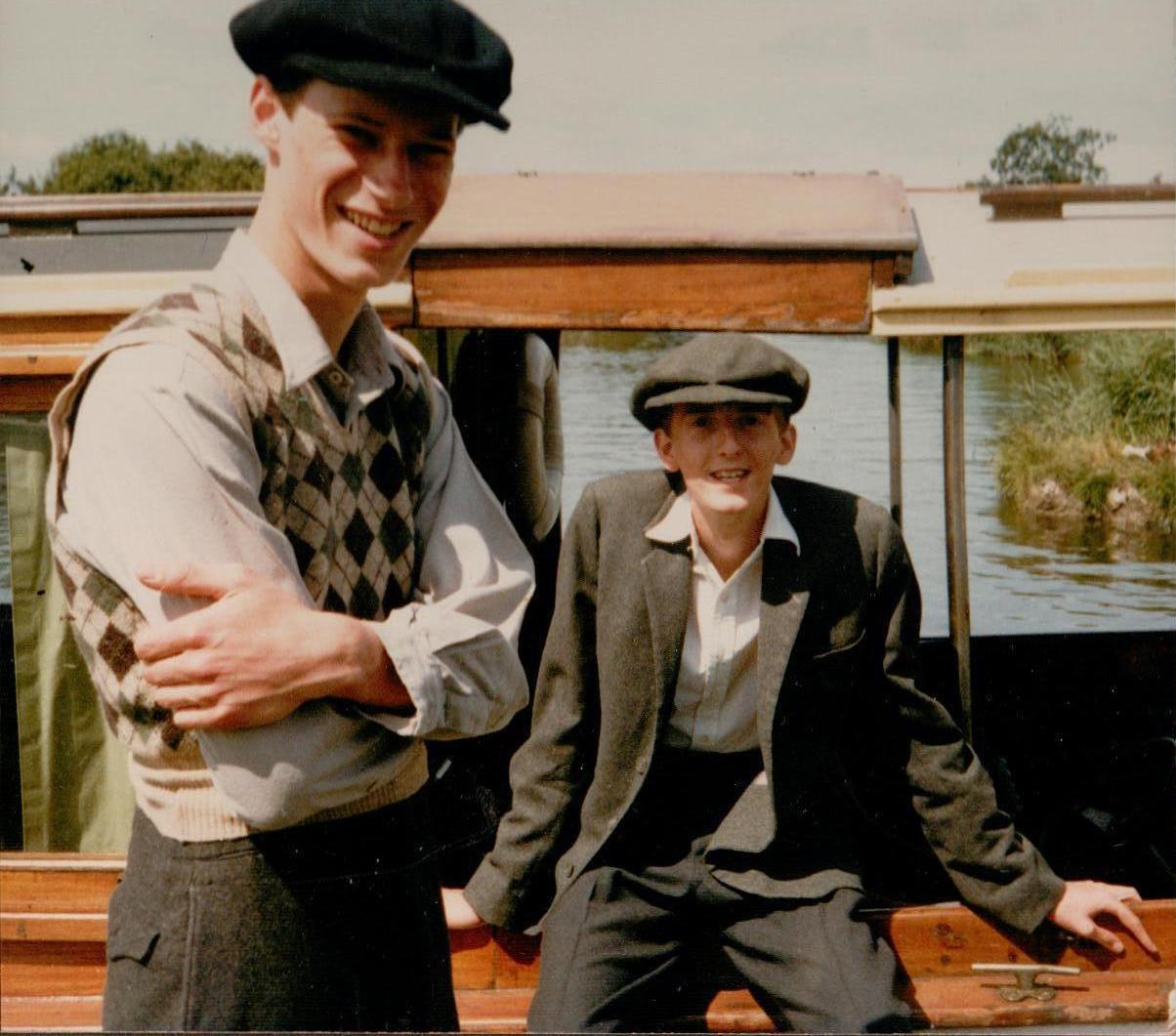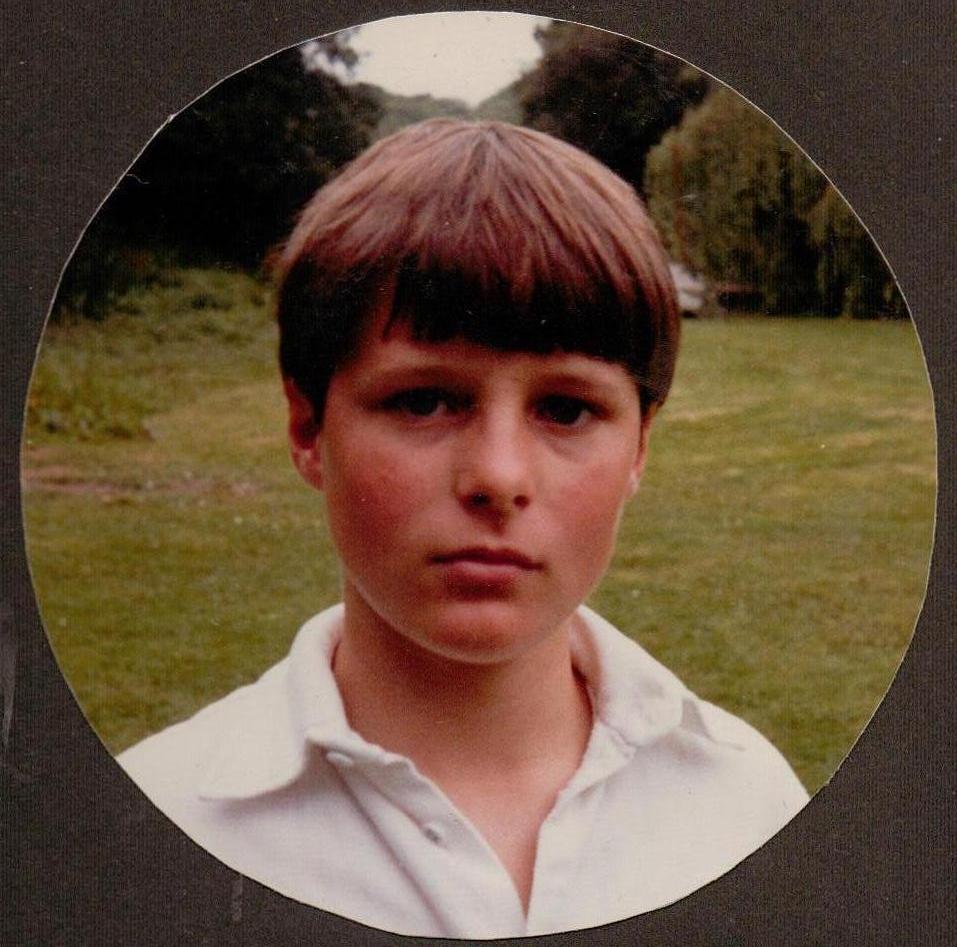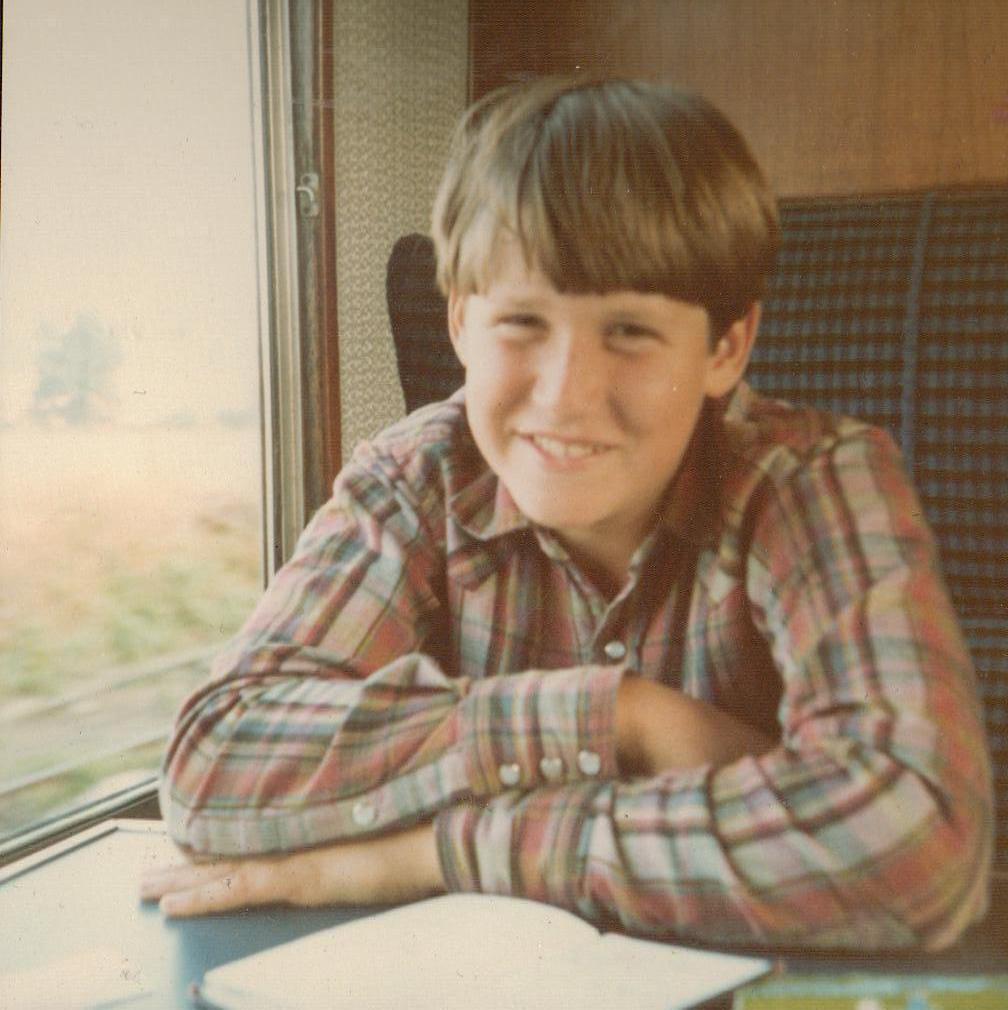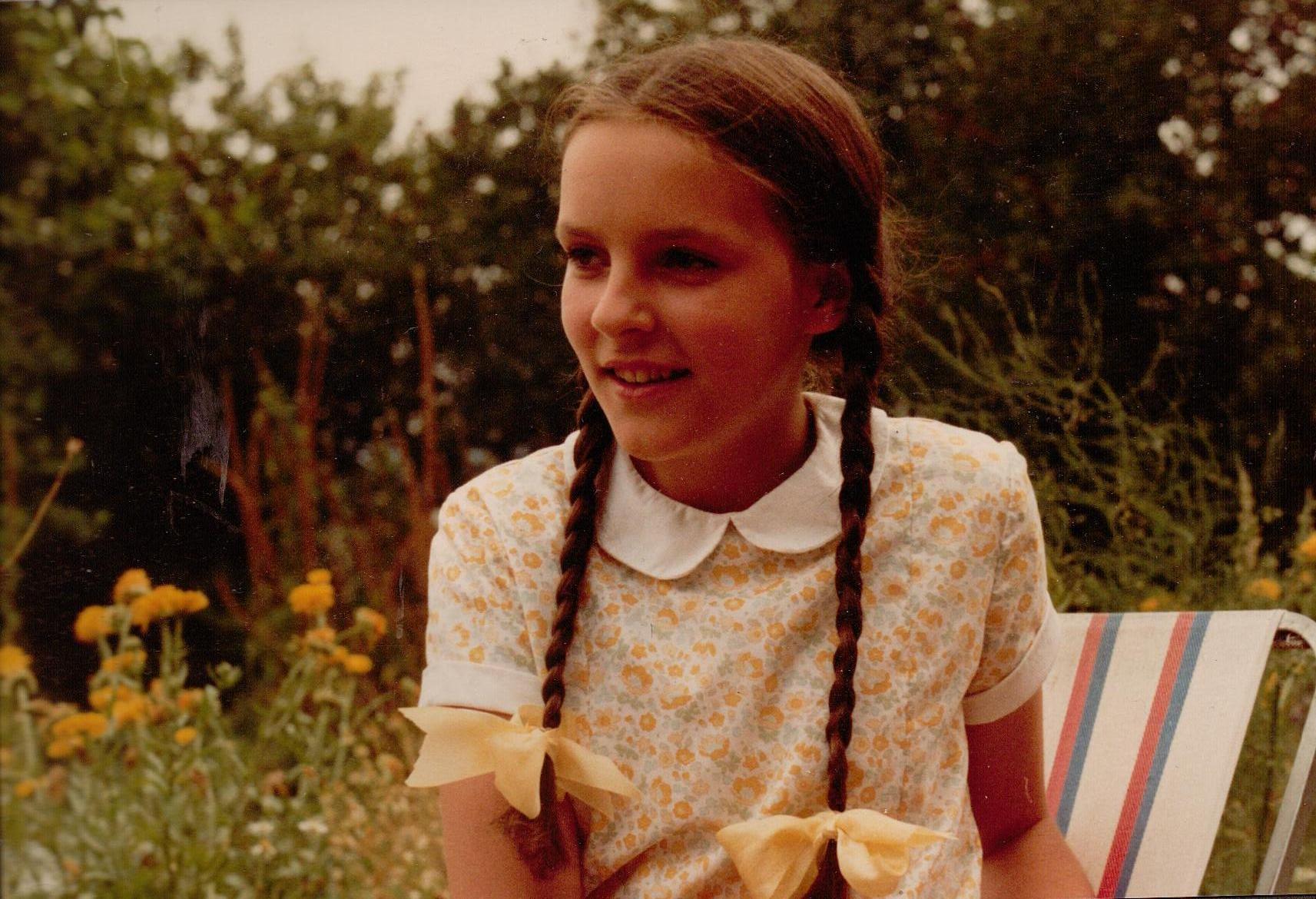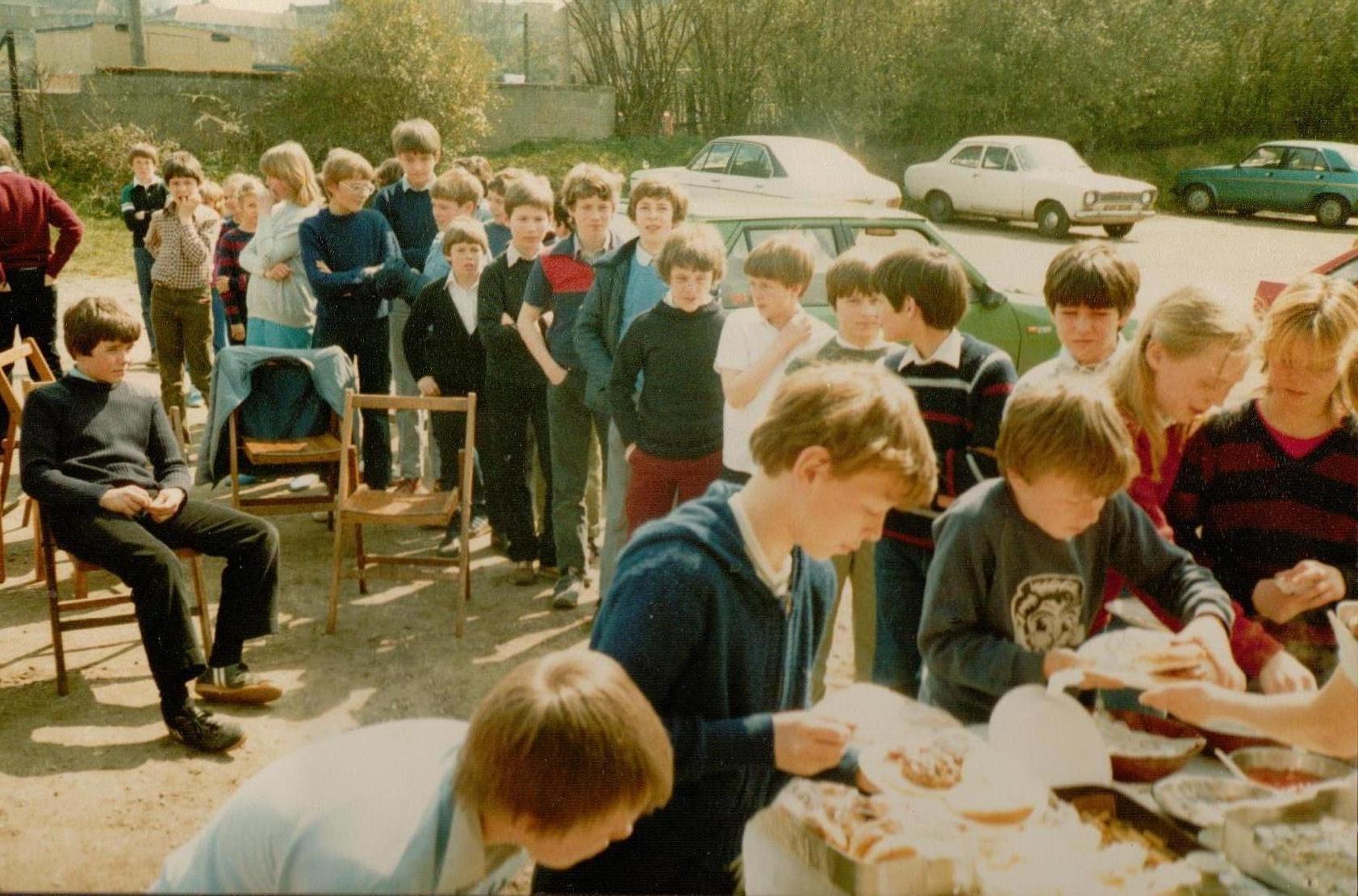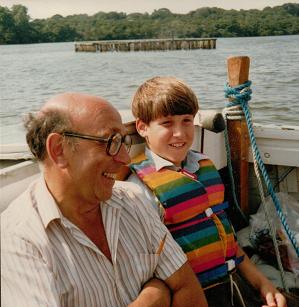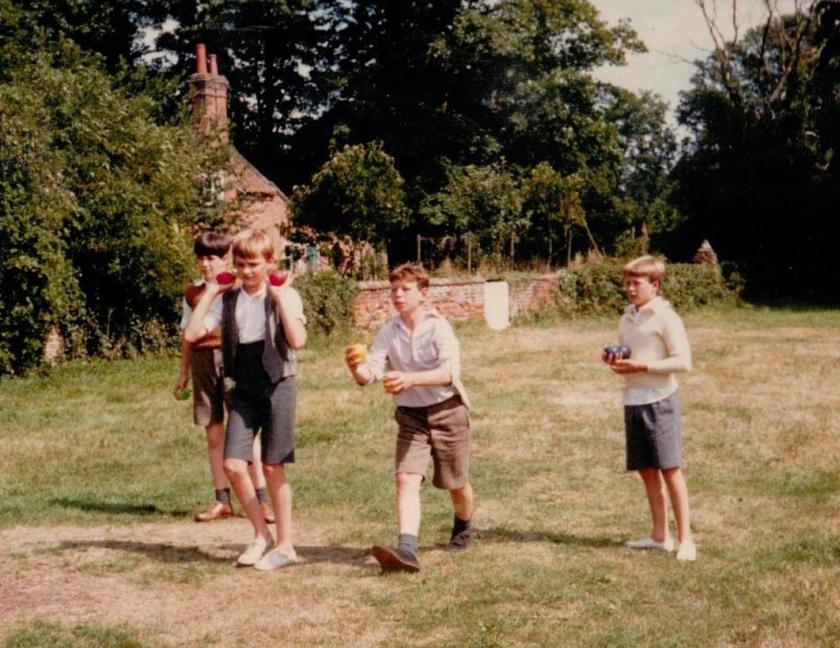One viewer has observed that, in the BBC serialisation of Coot Club and The Big Six, we had not one but two Doctors in the cast, Time Lords at that. This is true. We arrived on location one morning to find that Patrick Troughton had transmogrified into Harry Bangate the Eel Man.

He had led the most fascinating life. A Naval Officer during World War II, and the first actor to play Robin Hood on television, Patrick Troughton played The Doctor in 128 episodes of Doctor Who. But would he be drawn? If we asked him about his life he just started talking about eels in a broad Norfolk accent. He’d worked for our director Andrew Morgan on Kings Royal and for Joe Waters on Z Cars, but for us, in the summer of 1983, he was the eel man.

Colin Baker first appeared in Doctor Who (a story entitled Arc of Infinity) in the role of Commander Maxil, when he actually shot the 5th Time Lord, who was being played by Peter Davison. It was not until after he arrived in Norfolk to play Arthur Ransome’s tweed-clad Dr Dudgeon, that he realised his full destiny and donned a multi-coloured dream coat to take on the 6th incarnation of The Doctor in the long-running BBC science fiction series. I went on to work as an Assistant Floor Manager on a two-part story called Vengeance on Varos when the Tardis had to make an emergency landing on a most unattractive planet. Once established at the North Acton rehearsal rooms I persuaded Colin to teach me all the correct jargon about transmogrifiers but it has since washed from my brain.

I can’t remember whether Colin Baker was cast as Dr Dudgeon in Coot Club before or after Henry Dimbleby was given the part of his son Tom Dudgeon, but he did not look unlike Henry’s real father back then.

There were various other members of our film crew who were also familiar with the Tardis. (We were meant to refer to it as ‘T.A.R.D.I.S.’ short for ‘Time And Relative Dimension In Space’). John Woodvine ,who played PC Tedder, had preciously taken the role of the Marshall in ‘The Armageddon Factor’, opposite Tom Baker and Mary Tamm in 1979.
John Gill who we knew as Old Bob of the Comealong had the part of Oak in Fury from the Deep, made in Patrick Troughton’s time. Alan Lake played Herrick in four episodes entitled Underworld first broadcast in 1978. Andrew Burt played Valgard in Terminus during Peter Davison’s era and Tim Barlow, the distinctive looking actor who played the old man at the Roaring Donkey was Tyssan in Destiny of the Daleks. Sam Kelly, our Captain of the Catchalot appeared in the audio dramas of Doctor Who titled The Holy Terror and Return to the Web Planet.
Andrew Morgan directed both Time and the Rani and Remembrance of the Daleks. Tariq Anwar our film editor on Coot Club, worked on two stories while Andy Lazell, the visual effects designer responsible for creating so much fake fog on Breydon Water had worked on ‘The Leisure Hive’ and ‘Snakedance’, eight episodes of Doctor Who first broadcast in the early 1980s. I went on to work on Vengeance on Varos when Colin Baker played The Doctor. I’ve a feeling he learnt that he’s been cast in the role while he was on location with us in Norfolk. Andrew was thrilled for him and opened the champagne.
Colin March, our sound recordist worked on the film sound or ‘Planet of Evil’ in 1975 and ‘The Two Doctors’, with both Colin Baker and Patrick Troughton. It was broadcast in 1985. Liz Mace, had been the production manager on ‘Time-Flight’. Diana Brookes, our script supervisor – or production assistant as the job was then known – had worked with Colin Baker on the four-part Doctor Who story ‘Arc of Infinity’ in 1982/3. Perhaps it was she who thought of him for Dr Dudgeon. I have just learnt that she sadly died in New Zealand 2024.

The part of the tall and elegant Hullabaloo, Livy, was played by Sarah Crowden. Her father, the actor Graham Crowden who I always think of as Tom Ballard in his Sit-com Waiting For God, was offered the part of the fourth Doctor Who , after Jon Pertwee but he turned down the opportunity as it was such a commitment. Instead he played Soldeed in The Horns of Nimon in 1980 after Tom Baker had being playing the fourth Doctor for some time.
The person working on our series who had had a huge input on Doctor Who was Mervyn Haisman, our Script Editor. He’d written at least seventeen episodes including the series entitled The Dominators, writing under the name Norman Ashby. Mervyn never appeared on location but it was he who steered the adaptation of Arthur Ransome’s novels, breaking them down into four episodes each, whilst remaining faithful to the original stories.
You can read more about the making of ‘Coot Club’ here





